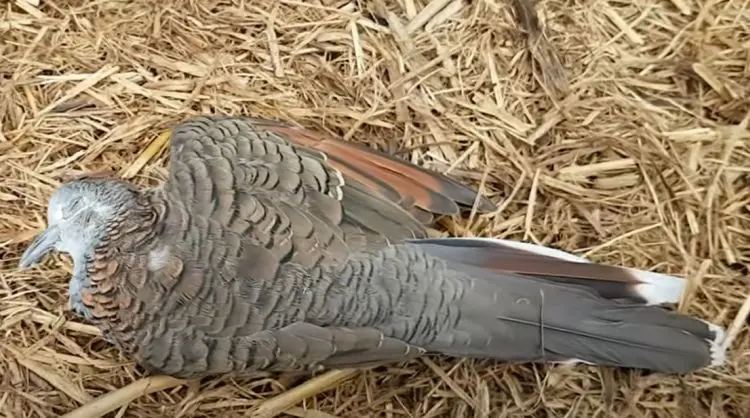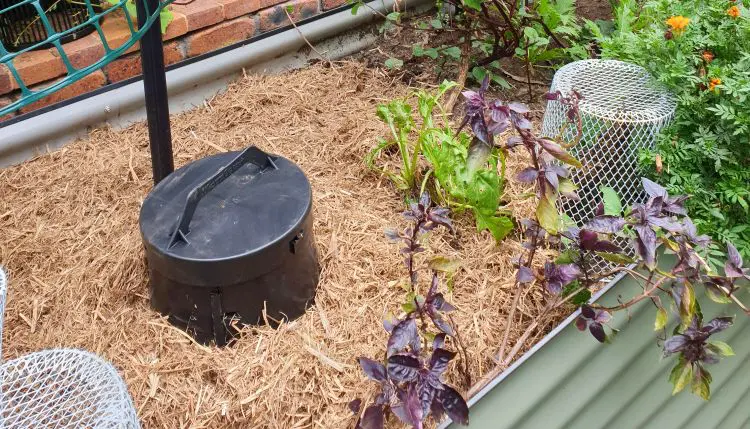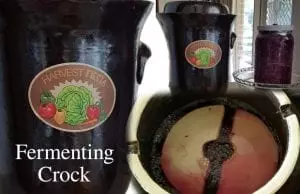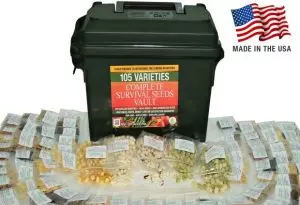Burying things in the garden benefits your plants and soil in a number of ways. It helps the environment by reducing waste and landfill. You will save on buying fertiliser and other costly additives that improve your soil. It even reduces your carbon footprint by lowering methane emissions. Let’s have a look at 7 of the main things I like to bury in the garden.
Animals
As an animal carcass decomposes in the garden it turns into a rich fertiliser that can be utilised by your plants. Plant roots will literally grow down through the carcass and absorb the nutrients they need. I’ve buried a wide variety of animals under my plants, from cane toads to chickens, fish heads to pigeons, and just recently, a kangaroo.

When burying animals to boost plant health, be sure to marry up the size of the hole you dig to the size of the plant & the size of the animal you are burying. As an example, small fish heads are ideal under tomato plants when buried just a few inches deep. At the other end of the scale, large animals suit large plants like fruit trees. I buried a sizeable kangaroo (it was roadkill btw) under my mature banana trees after digging a large & deep hole for it.

Make sure you have covered any buried animal with enough soil to prevent any bad smells, and if necessary, cover further with a barrier such as boards or rocks to stop dogs or other animals trying to dig it up.
So next time you find a dead possum or have a bird fall off the perch, consider using it one last time- your plants will thank you for it.
Eggs
We all know how versatile eggs are in the kitchen- but did you know they can be used as fertiliser too? It’s true!
Eggs contain calcium, phosphorous, magnesium, nitrogen, zinc, copper plus a host of micronutrients beneficial to plant growth. You’ve probably heard about the benefits of eggshells in the garden, but whole eggs are even better. This might sound a bit wasteful, but compare it to the price of fertilisers…it looks very economical very quickly when you have your own chickens. As a chicken owner myself, I simply keep the soiled, cracked and/or old eggs aside for use in the garden.

All you need to do with eggs is dig a hole, put the egg in, crack the shell then cover it with soil. Some gardeners will bury eggs as a sort of ‘advance preparation’ for the soil, ahead of planting. Others, like myself, tend to bury as they plant. Both methods work equally well, so go with what is most convenient for you.
To bury in advance, dig a hole 30cm (12″) deep, put your egg in, break the shell then cover it with soil. Mark the position with a stick so you know exactly where it is later. Whether you leave it for a few days or a few weeks, you’ll know where it is & can come back and plant right over the top of it. Personally, I bury eggs anywhere and everywhere in the garden, and do so as I need them. I’ll dig a hole where I’m going to put a plant in, bury an egg then put the plant in at the same time. I’ve had excellent results with this method and find this is most convenient for me.
Animal Waste/Manures
One of the most common and natural ways to fertilise the garden is by adding animal manures. Fresh manures are best used once they have been left covered in a cool position for several weeks or months to break down. You can bury fresh manure in the garden, but you won’t be able to grow anything in that spot for a couple of months. If you try, plant roots will burn and the plants will die.

Processed commercial animal manure pellets are more concentrated than the bulkier fresh manures, and are usually sprinkled on the soil surface. Fresh manure like those from chickens, cows and horses is less concentrated & is better to be combined with and dug through the soil. In this way it will not clog, burn or crust up, so will provide an even distribution of nutrients throughout the soil. In addition to those mentioned above, sheep, goat and rabbit manures are beneficial in the garden
Cat and dog poop can be composted down but not buried directly into the garden. These two animals are meat eaters whose excreta contains a high amount of proteins which become very acidic as they break down. On top of that, there is potential for infection. The guts of cats and dogs contain bacteria, toxins and parasites like hookworms, roundworms and giardia, all of which could infect your veggies if you added these manures directly into your soil. Rule of thumb, animals with a plant-based diet will produce manure that can be safely buried in the vegetable garden.

Kitchen Scraps
All sorts of kitchen scraps can buried directly into garden beds for the benefit of your plants. Our detailed article goes into depth on this topic, as does our youtube video. Essentially, you can bury all sorts of scraps aside from meat, dairy and bread. Make sure the scraps are well-covered with soil, and as with animal manures, try to bury your scraps well in advance of planting your crops.
Coffee & Tea Waste
Coffee and tea are both beneficial in the garden. Either or both can be dug in, sprinkled around or buried completely under the soil. Coffee grounds are a little alkaline so will suit plants like blueberries and onions which prefer a sweeter soil. Freshly-used tea leaves contain nearly twice as much nitrogen, phosphorous and potassium as coffee grounds, which are key fertilising nutrients for plants. Tea also provides calcium, magnesium, iron and zinc, all of which increase the rate of nutrient uptake.

As with everything you bury in the garden, don’t over-do it. Spread tea and coffee around in a thin layer, because too much in any one spot may change the pH of the soil. If the soil pH is changed it will be more difficult for the plants to absorb the required nutrients. If using tea leaves from tea bags, be mindful that tea bags now contain micro-plastics, so you may not want to bury the bags.
Garden Waste
Tree prunings, weeds, lawn clippings…the first instinct of most gardeners is to compost this down, because it’s a great way to recycle. But green waste like this can also be buried directly into a garden bed. When creating new garden beds, I go one step further and bury larger green waste such as sticks and logs in the bases.

This method is known as hugelkultur. Hugelkultur is a German word meaning mound culture or hill culture. It is a horticultural technique where decaying wood debris and other compostable plant material is planted in a raised bed. Not only does this use up your garden waste, but it improves soil fertility, water retention, and helps to maintain soil temperature.
You can also turn old plants and non-seedy weeds into a form of green manure by digging them into the soil. Digging in selected plants may help with pest management too. For example, digging marigolds through the soil benefits tomatoes.
Worms
One of the main reasons I bury all the above items in our food garden is to feed the worms in the soil. In fact, I treat our whole garden like it’s one big worm farm. A good soil will naturally attract earthworms, because it contains food & habitat for them. But did you know that you can bury compost worms in the garden too? It’s true! Compost worms will happily survive in a garden as long as they have food.

You can make (or buy) a worm tower. A worm tower is essentially a small worm farm that is situated right in a garden bed (see pic above). The worms live in it, eat the food that you deposit into it, and the surrounding soil is thus enriched. You can make your own worm tower from a piece of wide PVC pipe. All you need do is drill a few wide holes in it, stick it deep into the soil, then fill it with worms, worm food, soil and mulch. Cover it with an upended plant pot and a rock to keep the pot in place.
Another way to bury worms in your garden is by adding them in with manure. If you are amending your garden beds by digging manure through the soil, you can add some compost worms or worm eggs at the same time. The worms will help break down the manure a bit faster, and deposit their castings throughout the bed.
There’s my 7 things you can bury in the garden. One last point about burying things in the garden: don’t over-do it. The idea is to enrich the soil, not turn it into a compost pile. Turning your garden bed into a minefield of decaying matter won’t help your plants at all. If you bury too much of any one thing, the gases & heat it creates as it breaks down can do more harm than good.
Want to see all of this in action? Watch our youtube video below!











